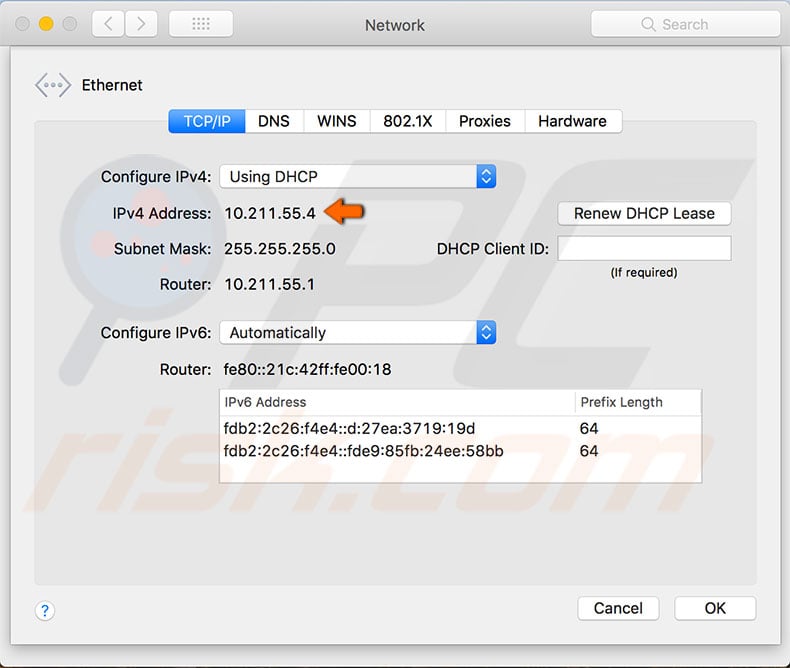


To find the Physical Address for your connection:.Press Enter to list the connection information for your wired and/or wireless connections.*At the Command Prompt, type *ipconfig /all Note: Be sure to put a space between ipconfig and /all!.Type command in the search box (Start->Run for Windows XP) and press Enter.Get your computer's Wired or Wireless MAC address from the Command Prompt Screen: Your device therefore is likely to have two MAC addresses. The address is assigned by the manufacturer, for Ethernet and Wi-Fi cards. Hope that helps, but if anything is not clear, let me know.A Media Access Control (MAC) address is a unique numeric identifier used to distinguish a device from others on a network. You're looking for the address in the Addresses array, the other two entries are broadcast addresses and the netmasks. The second show command takes State:/Network/Interface//IPv4 argument (in this case, en0) and gives you the IP addresses assigned to it. this will be the one on top of the list in your System Preferences / Network Preferences window), as well as the IP address of your default router. The first show command tells you the name of the primary interface for the OS (i.e. Please note, that the above, even though is a command-line command, is also interactive (so you run scutil and then enter its own commands into it). If you're after what the OS calls a Primary interface and primary IP address, you can use the scutil command like this: MacBook:~ scutil you can use any IP address that's configured on your machine to connect to that machine via SSH (this, obviously, subject to Firewall rules). Typically, when you have SSH daemon running on a box, it will listen on all available interfaces, ie. You can also type ifconfig en0 or ifconfig en1 for the configuration of a particular interface only (as someone said in their answers, en0 is typically the wired Ethernet while en1 is the WiFi interface).Īs an alternative, netstat -i will list all interfaces and will show you the IP addresses you have assigned to each of them. This command shows you the list of interfaces along with their IP and MAC addresses (the latter one only if applicable).


 0 kommentar(er)
0 kommentar(er)
